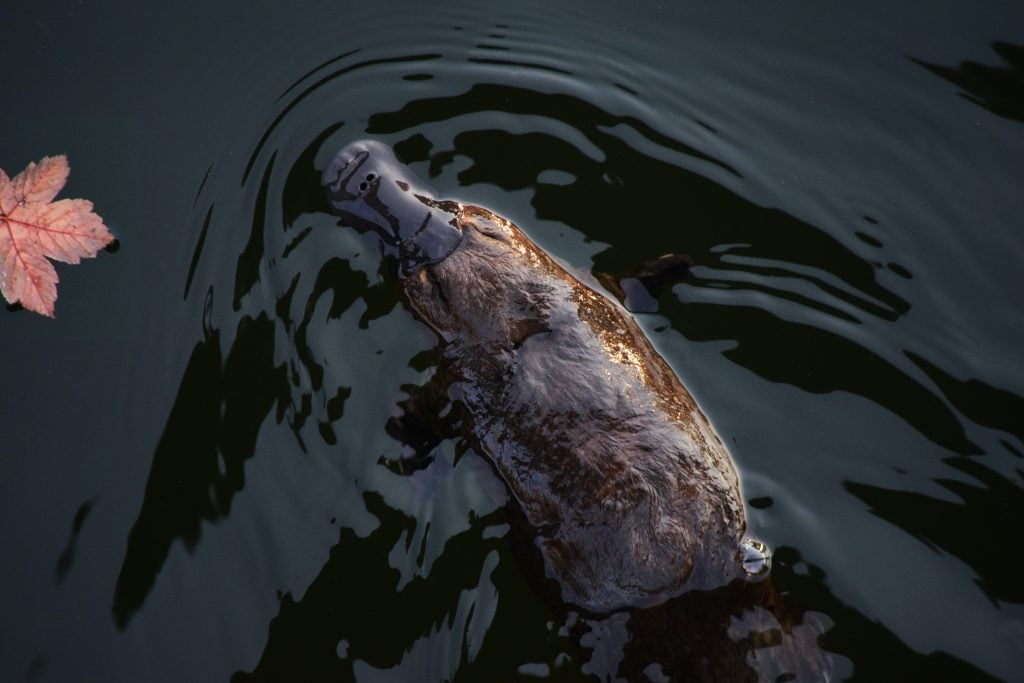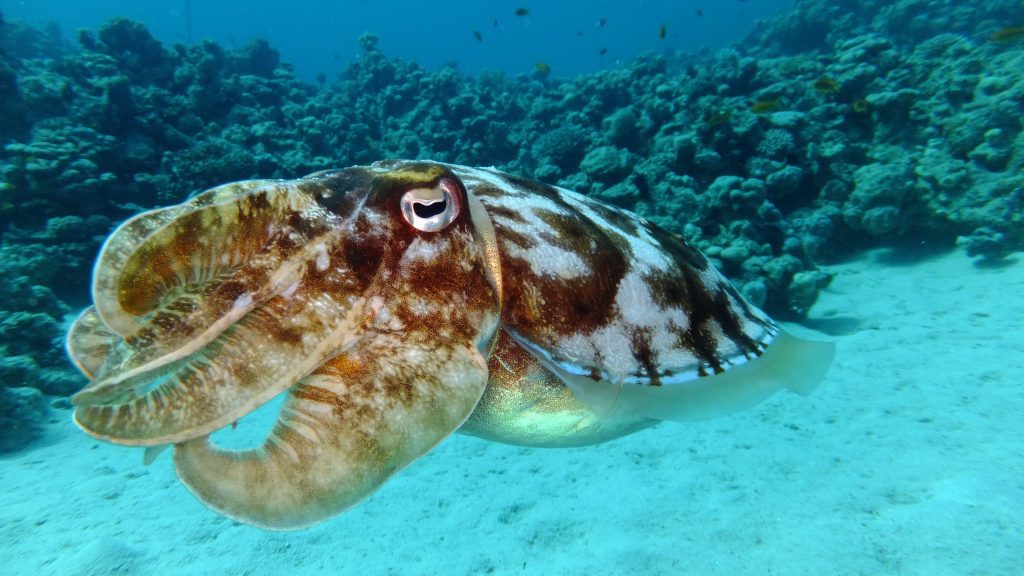From Myth To Reality: 3 Cryptids That Turned Out To Be Real
Cryptids, creatures whose existence is rumored but has not been scientifically proven, have long captivated the human imagination. They often inhabit the shadowy corners of folklore, mythology, and pop culture, fueling our fascination with the unknown.

Throughout history, numerous cryptids have been identified and later confirmed to be real, legitimate species. In this exploration, we will delve into the stories of three former cryptids that have transitioned from myth to reality: the okapi, the giant squid, and the Komodo dragon.
Okapi (Okapia johnstoni)
Hailing from the dense rainforests of Central Africa, the okapi was once believed to be a mythical creature known as the “African unicorn.” Tales of a horse-like creature with zebra stripes and a giraffe-like head circulated among locals and explorers alike for centuries.
The truth behind this enigmatic creature was finally revealed in 1901 when Sir Harry Johnston, a British governor and explorer, obtained a skull and skin, confirming the existence of a new species. The okapi is now known as a relative of the giraffe, with a unique combination of features that have earned it the nickname “forest giraffe.”
Giant Squid (Architeuthis dux)
Tales of the monstrous Kraken, a gigantic sea creature that devoured entire ships, have been passed down through generations of sailors and seafarers. However, it wasn’t until the 19th century, when the carcasses of large squids began washing ashore, that the scientific community started to take notice.

Through careful study, researchers confirmed that these were the remains of the elusive giant squid. These deep-sea dwellers can grow up to 43 feet in length and possess the largest eyes in the animal kingdom.
Komodo Dragon (Varanus komodoensis)
The Komodo dragon, the world’s largest lizard, was once dismissed as a mere island legend. In the early 20th century, rumors spread of a monstrous “land crocodile” inhabiting the Indonesian islands of Komodo and Rinca. Intrigued, Lieutenant Steyn van Hensbroek led an expedition in 1910 to verify the claims.
To his amazement, he discovered a massive, 8-foot-long lizard, the Komodo dragon. These impressive reptiles are apex predators in their ecosystem and are equipped with a venomous bite that can bring down prey several times their size. The Komodo dragon’s existence serves as a testament to the extraordinary biodiversity found on our planet.
